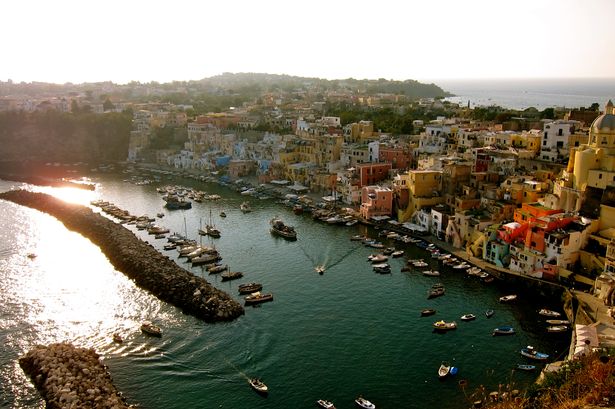According to legend, some of his blood was collected by a woman who took it to Naples where it liquefied 8 days later.
On the morning of September 19, the feast day of San Gennaro, thousands of people fill the Naples Cathedral and Piazza del Duomo, the square in front of it, hoping to see the saint's blood liquefy in what's known as the miracle of San Gennaro. In a solemn religious ceremony, the Cardinal removes the vials of blood from the chapel where they're kept and taken in a procession, along with a bust of San Gennaro, to the cathedral's high altar. The crowd watches anxiously to see if the blood miraculously liquefies, believed to be a sign that San Gennaro has blessed the city (or a bad omen if it doesn't). If it liquefies, the church bells ring and the Cardinal takes the liquefied blood through the cathedral and out into the square so everyone can see it. Then he returns the reliquary to the altar where the vials remain on display for 8 days.
As with many Italian festivals, there's much more than just the main event.
The ceremony is followed by a religious procession through the streets of the historic center where both the streets and the shops are closed. Stands selling toys, trinkets, food, and candy are set up in the streets. Festivities go on for eight days until the reliquary is returned to its place.
The miracle of San Gennaro's blood is also performed on December 16 and the Saturday before the first Sunday in May as well as special times during the year to ward off disasters, such as an eruption of Mount Vesuvius, or for visiting dignitaries.
A San Gennaro festival is also held in September in many Italian communities outside Italy, including New York and Los Angeles in the US. Read more about it in Italian American Festivals.
By Martha Bakerjian










 RSS Feed
RSS Feed

